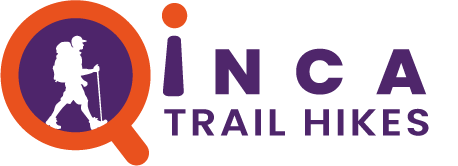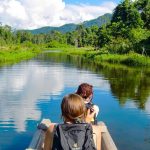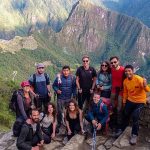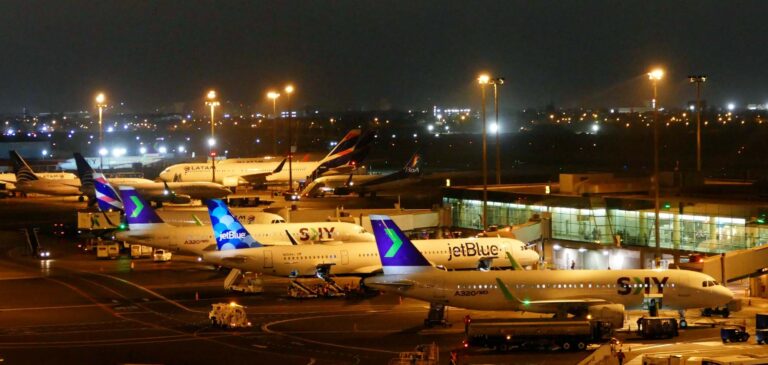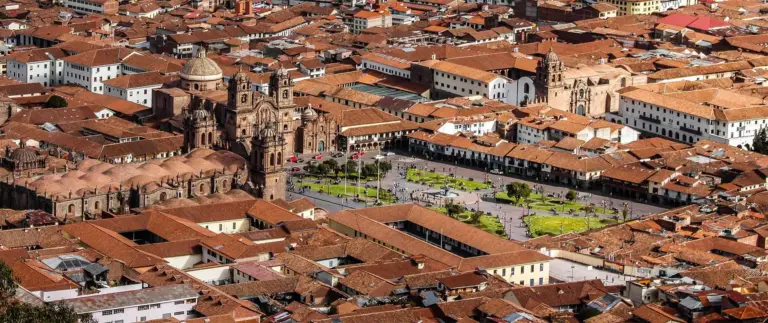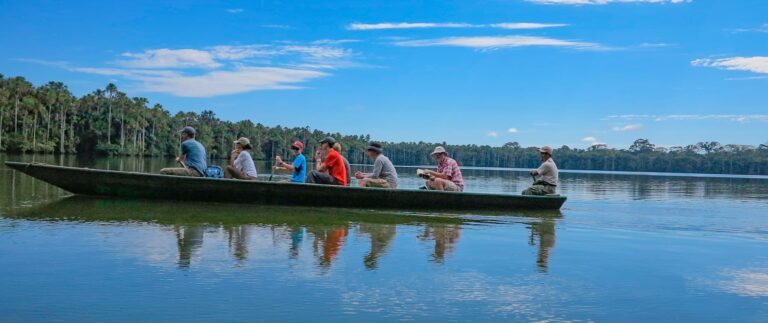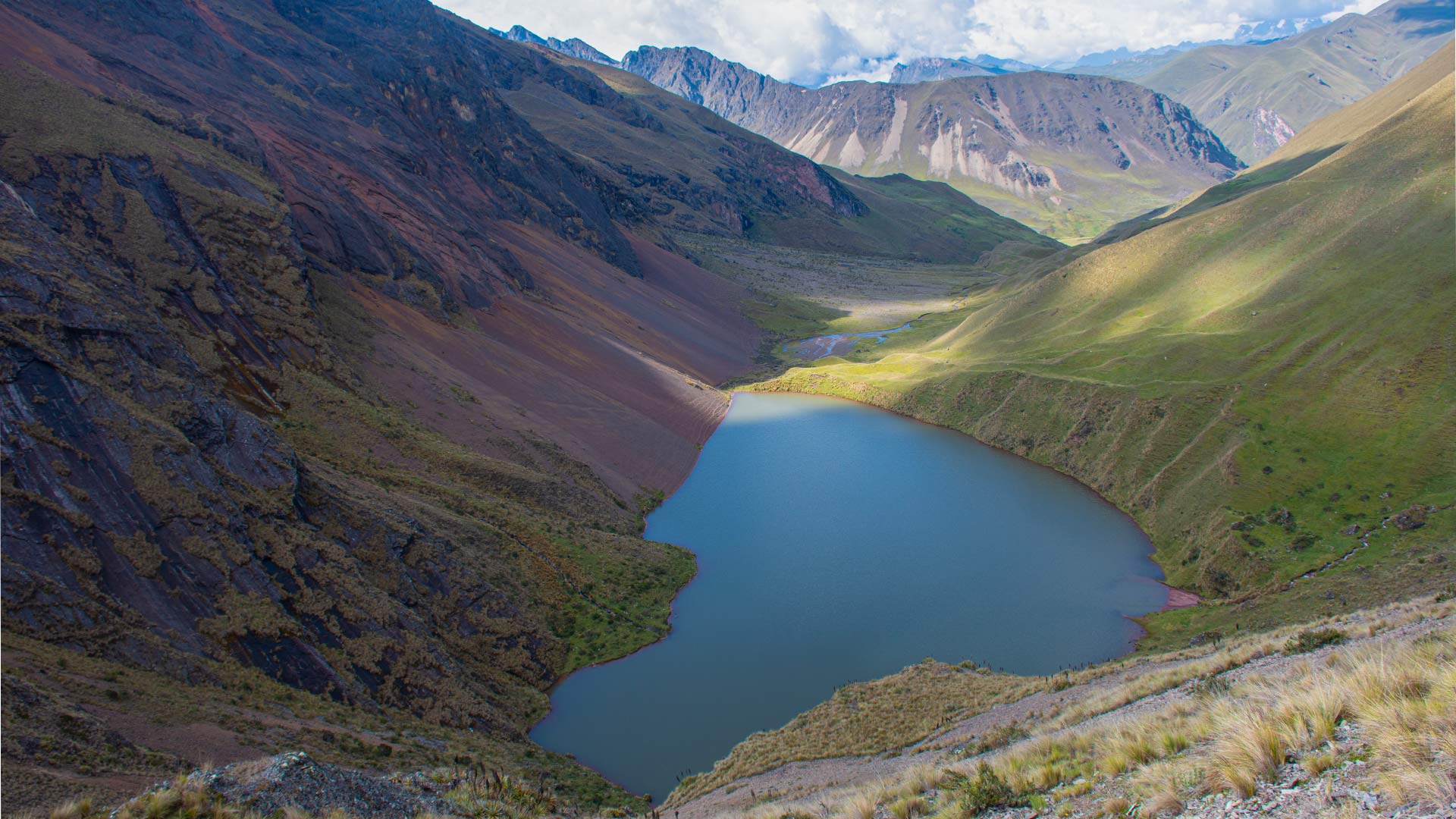
The Ancascocha trail is by far the lesser known of the trails to the Inca citadel of Machu Picchu. This trek is for those looking for a experience where you will be at peace and have the trek to yourself. This is part of a network that is a different way to Machu Picchu. The hike is much less popular than other treks in Cusco, Ancascocha has no crowds. This trek passes remote villages and untouched mountain landscapes. See the spectacular Mount Salkantay, Mount Humantay and the pretty Lake Humantay. Consider this trek as a great option to the most popular around Cusco.
Ancascocha Trek
Depending on you tour operator this will be a 4 or 5 day hike. This hike is considered a difficult one, and is the least known hike to Machu Picchu. Ancascocha is strenuous and one of the most difficult in the region, this hike is on par with the hike to Choquequirao. The second day of the hike is 10 hours of hiking. The scenic landscapes will help with the pain that you will be feeling. It is recommended to chew coca leaves on the third day to prevent altitude sickness. Later descend at the end of the day as you approach Ancascocha campsite. Enjoy your expertly prepared dinner with you fellow hikers and prepare yourself for the next day.
The fourth day is a easiest day. Descend all day as you head towards the city of Ollantaytambo. Once in Ollantaytambo take the train to Aguas Calientes. Explore this quaint village and eat at one of the local restaurants. Get some good rest and try not to be too excited, tomorrow head to Machu Picchu! The 5th and final day of the trip you’ll awake in Aguas Calientes then take the bus to Machu Picchu.
Climate and Location
Situated in the Andean mountains Ancascocha is in the region of Ayacucho in the south of Peru. High in the mountains Ancascocha is at 4.450 m (14.596 ft). The climate is the same as the rest of the region with two distinct seasons. The rainy season is during the Peruvian summer and ranges from November to April during this time of year it will rain every day but the temperatures are a bit more mild than in the winter. In Peru the dry season is in the winter and goes from May to October. Temperatures are more extreme this time of year, it’s hotter during the day and colder at night. Highs average around 77°F during the day and can drop as low as 0°F at night.
What will you see on the Ancascocha trek?
Considered the most beautiful part of Ancascocha trek is the natural beauty. Some of the main sights that you will experience on this trek are Humantay Lake, the two towers of Salkantay and Humantay. Have the chance to pass through remote Andean villages seeing the local people still living as they were for centuries. See the local alpacas and llamas grazing the country with their keepers not far behind.
Humantay Lake
Nestled between the two mountains of Salkantay and Humantay, Humantay has amazingly beautiful turquoise waters which come from the many minerals that occur naturally. With snow capped peaks in the background Lake Humantay is a well know destination and brings many tourists every day. Considered the main attraction on this hike, other than Machu Picchu, Lake Humantay is truly a sight to behold.
Mount Salkantay: “Savage Mountain”
Salkantay is one of the tallest mountains in the country. Sitting at 6271m Salkantay means “savage mountain” in Quechua. Machu Picchu lies directly north of the mountain and you can access it by taking the Salkantay trek. If you are interested in hiking Salkantay you can do so by hiking the “Salkantay Mountain trek”. Rated one of the best hikes in the country Salkantay Mountain trek is one of the best hike in Peru.
Ancascocha Itinerary
Day 1 – Cusco – Soraypampa – Humantay – Pampa Japonesa
An early start with your guide picking you up at your hotel. Travel to Soraypampa which is a 3.5 hour drive, relax on the way enjoying the passing scenery. Enjoy a delicious breakfast at the trailhead. Start the hike with a 2.5 hour climb to Humantay Lake. Enjoy the views of the lake and the surrounding scenery.
Continue on a descent for 1.5 hours walking to Salkantay Pampa. Here you will indulge in a delicious lunch prepared by our private chef. In the afternoon trek for 3 hours before arriving at Pampa Japonesa at 4600 meter. At camp enjoy your specially prepared dinner, relax and gaze at the stars, later have an early night in preparation for the challenging day ahead.
- Meals: Lunch – Dinner.
- Accommodation: Camping facilities
- Time: 10h approximately
- Difficulty: Very Challenging
Day 2 Pampa Japonesa – Inca Chiriaska – Millpo
Start the day with a nice hot breakfast and get your mind ready for a difficult day. The first place of interest you’ll come to is Chiriaska pass 4,959m (16,269ft), this pass offers stunning views of Mount Salkantay. Cross 4 different mountain pases on this day stopping for lunch after the third pass. Make sure you pace yourself as you will be at high elevation ascending and descending multiple times. After crossing all the mountain the passes continue on for another 4 hours until coming to the second campsite named Millpo. Relax and enjoy your much deserved dinner with you fellow hikers. Take this opportunity to share trail stories or play a game of cards.
This morning will start with a wonderful hot breakfast, to give you the energy for the day ahead. The first challenge will be the Chiriaska pass at 4959 meters, here you will enjoy stunning views of Mount Salkantay. Today you will cross 4 different mountain passes with lunch being on the 3rd pass. Pass yourself during the day as you will be ascending and descending most of the day. The second campsite will be at Millpo. Here you will relax and share stories with your fellow trekkers and have a tasty dinner, maybe play cards or just go and rest in your tent.
- Meals: Breakfast – Lunch – Dinner
- Accommodation: Camping
- Time: 8 hours approximately
- Difficulty: Challenging
Day 3 – Millpo – Yahuarmaky – Raqaypata – Ancascocha Lake
Another early start today. Prepare your mind for another day of high mountain passes. After the first hour of walking arrive at the first pass, Chusqenay. Cross Rumi Inca pass and descend to the Valley of Yahuarmaky. Relax and enjoy the landscape. Continue on for 1.5 hours to the Aqocasa pass where you will have views of the Inca Trail.
Descend into the archeological site of Raqaypata a pre Incan and Incan ruin. Raqaypata was previously inhabited by the pre Incan Cugmas people before being forcibly taken over by the Incan Empire. Take some time to explore the ruins and ask your guide about the history of the area. Continue on the last leg of the journey hiking 3 hours up one more mountain pass then descending again before reaching the third campsite at Ancascocha Lake 3,700m (12,139ft). Have dinner with your group and get a good night’s rest, tomorrow will be the final day of hiking.
Day 4 – Ancascocha Lake – Chillca – Arequipapampa – Ollantaytambo – Aguas Calientes
The final day of hiking starts with a nice pleasant downhill walk for two hours before coming to the remote villages of Chillca then Arequipapampa. Take a short 15 minute private van ride to Ollantaytambo. From Ollantaytambo, take the train to Aguas Calientes arriving at around 4:00pm. Explore the small town of Aguas Calientes and have something to eat at one of the many restaurants. Get some much needed rest and prepare to wake up early in the morning to take the bus to Machu Picchu.
- Meals: Breakfast – Lunch– Dinner
- Accommodation: Hotel in Aguas Calientes
- Time: 10 hours approximately
- Difficulty: Easy
Day 5 Agaus Calientes – Machu Picchu – Cusco
Get breakfast in your hotel and be ready to catch the first bus at 5:30 am in order to make it to Machu Picchu for sunrise. Remember, you will need to have your passport in order to enter Machu Picchu. The guided tour will start once you arrive in Machu Picchu, generally it lasts around 2 hours. If you have a pre purchased ticket to one of the mountain hikes start hiking after the guided tour of Machu Picchu.
Once you have done the hikes and explored all of the citadel of Machu Picchu it’s time to take the bus back to Aguas Calientes. Take the train to Ollantaytambo at either 2:55 or 3:20 pm. Make sure to admire the passing landscape of the Sacred Valley. Once you arrive in Ollantaytambo the driver will be waiting to take you back to your hotel either in Cusco or Ollantaytambo. You should arrive at your hotel at around 7:00 pm. Wow, you just finished one of the hardest hikes on the region!
***PLEASE NOTE: If you do not have your passport with you you will NOT BE ABLE TO ENTER MACHU PICCHU!
- Meals: Breakfast – Lunch – Dinner
- Accommodation: Your hotel in Cusco or Ollantaytambo
- Time: 14 hours approximately
- Difficulty: Easy
Off the Beaten path!
A great getaway from the crowds and tourists of the region. This is one of the least know hikes in the entire region, because of this it really feels like you are hiking in pure wilderness. You’re almost guaranteed to be the only party on the trail and wont see or come into contact with any other hikers. Take in the tranquility of the landscape as you make your way over high mountain passes and through traditional remote Andean villages.
Ancascocha packing list
You’ll have to leave your main bag at your hotel. Only bring what is essential as you will only have a small day bag . Your tour company will provide you with a small duffle bag to put 7kgs worth of items in. This bag will be carried by a horse and cannot exceed the 7kgs limit. All bags will be weighed before starting the hike so make sure your bag doesn’t exceed the 7kgs limit. Remember 2 kilos will be for your sleeping bag, and 1 kilo for the sleeping pad, leaving 4 kilos for clothes etc.
- Passport: The same as you got your Machu Picchu permits.
- Day bag: For your snacks, first aid, daily essentials in general.
- Sunscreen: You will be at high altitude where the sun is much stronger.
- Hat and sunglasses: For further sun protection.
- Long pants and long sleeves: For sun and insect protection.
- Insect repellant: The biting insects can be bad especially in the rainy season.
- Camera: To remember the beautiful landscapes.
- Rain gear: The weather can change at any moment always have rain gear.
- Good footwear: Make sure to bring broken in footwear with solid soles.
- Reusable water bottle: Bring around 2 liters of water for the first day.
- Headlamp/flashlight: Very important for nightime bathroom visits.
- Warm Layers: The night can get especially cold bring a warm fleece or down jacket.
- Personal medication: Let your guide know if you take medication and have it on you at all times.
- Battery Bank: There will be no where to charge your electronics.
- Hand Sanitizer/wet wipes: To keep yourself clean.
- Extra Money: To buy souvenirs.
- First Aid kit: in case of minor injuries.
***Please note: You will only have access to your duffle bag when you are at camp. Make sure all your daily essentials are with you in your day bag
The Best Ancascocha Trek Operators
Below we have listed the best tour operators that offer hikes to Ancascocha . These companies are picked based on google reviews and customer satisfaction. Prices are for the standard 5 day Ancascocha trek. Price ranges vary from a normal camping experience to complete luxury glamping. Prices are subject to change so make sure you book in advance if you want to get a better price.
- Orange Nation
- SAM Travel Peru
- 69 Explorer
- Spider Travel Peru
- Glamping Peru Treks
Please visit the Inca Trail Trek or Alternative Trek to Machu Picchu page for more information about each trek and if you are looking for the Classic Inca Trail to Machu Picchu, visit this page for information on securing Inca Trail Permits.
